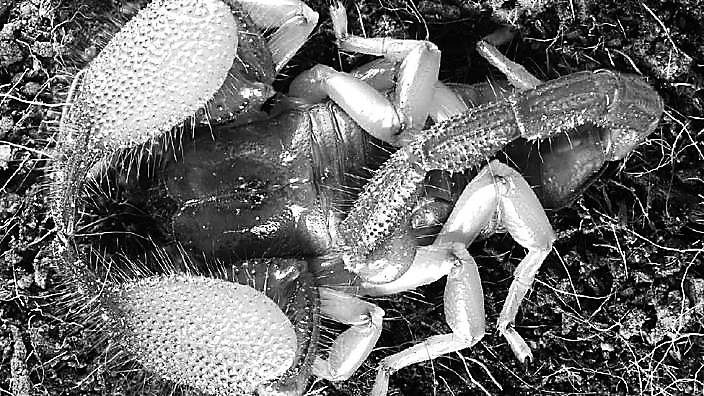

IF you were going to have a creature named after you then a scorpion may not be your first choice, but Ahmed Ibrahim Awale believes the pandinurus awalei will serve as an inspiration to budding Somali scientists. The 66-year-old scientist from Somaliland has been honored by the three researchers who discovered the new scorpion species in the region in recognition of his decades of work in conservation and environmental protection. “Most of the species identified in Somalia and Somaliland are named after a place, a characteristic that a plant or animal may have or somebody from Europe or America,” he told the BBC on the line from his office in Hargeisa on Tuesday. “But for many young people here, it will encourage them to know that this species is named after Awale — after all Awale is a Somali.” Since the 19th Century, researchers, mostly from Europe, have been exploring the rich ecology of the Somali region, but Awale wants to add to the growing number of Somalis taking up zoology and botany. The 15cm large-clawed scorpion that now carries his name was found in an arid landscape near Agabara village about 50km north of Hargeisa, the capital of the self-declared republic of Somaliland. It is not as venomous as some of its smaller cousins as there is often an inverse relationship between the size of a scorpion’s claws and the power of its sting, Awale explains. But pandinurus awalei is just one of 50 scorpion species that live in Somaliland, some of which are only found in the Somali region. This fact gives a hint at its rich biodiversity. As well as a host of animal species, there are at least 3,000 species of plants that have been identified and more than 700 of them are endemic, or native, to the region — and that number is growing. “Every year new discoveries are coming,” says Awale, who himself found a new species of aloe in 2014. “This articulates the message that all that is coming from Somaliland and the region is not that bleak. We always hear negative news and this marks a shift in the narrative that is different from the mainstream perception of piracy, extremism, famine and instability.” (SD-Agencies) | 
